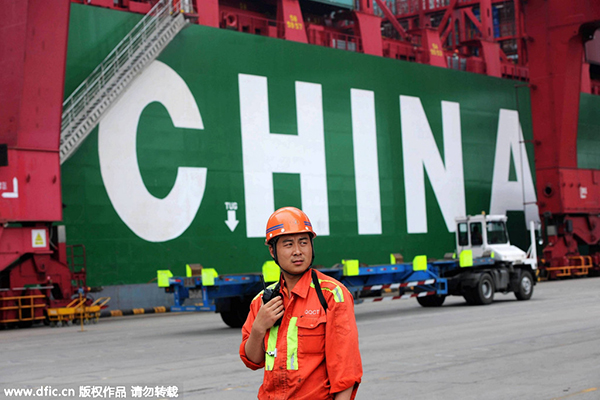Chinese economy blessed with huge staying power
By Ding Yifan (China Daily) Updated: 2015-11-21 09:48
|
 |
|
A stevedore works at Qingdao port in Shandong province, July 1, 2015. [Photo/IC] |
China has issued its 13th Five-Year Plan (2016-20) at a time when the world is worried about its economic slowdown. Such worries are understandable because China is one of the most important engines of global growth. If the Chinese economy slows down further, economies that heavily rely on it for their growth will suffer "collateral damage".
But the 13th Five-Year Plan suggests that its economy still has much room for growth and will continue contributing to global growth. People need to view China's contribution differently, though.
The plan sent a message to the world that the country will maintain a medium-to-high growth rate, setting 6.5 percent as the bottom line for annual growth. This should brighten the growth prospects of many industries in China and offer more opportunities for foreign enterprises. For example, the growth of the service sector and development of new-type industries both are the result of China's economic transition and the foundation of future growth.
In fact, foreign enterprises have already increased their investments in China, which will help propel the country's economic growth and offer many benefits to multinational companies.
By deepening reform and opening-up, China will make it easier for foreign companies to invest in the Chinese market. And by making financial sector an integral part of the service industry, China will attract more foreign investment which will earn better returns.

I’ve lived in China for quite a considerable time including my graduate school years, travelled and worked in a few cities and still choose my destination taking into consideration the density of smog or PM2.5 particulate matter in the region.











